Why does the energy-saving lamp flash when the light is off
In some cases, when the light is off, the lamp blinks. The phenomenon is unpleasant to the eyes and also significantly shortens the life of the lamps. Why this is happening and how to deal with it, let's talk further.
The content of the article
Reason # 1 blinking LED and energy-saving lamps
If you have switches with LED or neon backlighting, when you install economy lamps (they are also called energy-saving or compact fluorescent lamps), they start blinking when the light is off. The same situation is observed with some (cheap Chinese) LED bulbs. They turn on for a short time - for a fraction of a second - and turn off instantly. This is repeated quite often - every couple of seconds.
The reason is simple. The LED or fluorescent lamp blinks when the light is off due to the presence of the backlight LED power supply circuit and the design features of these lamps. Unlike incandescent lamps, energy-saving and LED lamps operate on direct current 12 V. But they are connected to a 220 V network, and the conversion takes place in the lamp base, where a diode bridge and a capacitor are installed - a circuit that converts 220 V AC to 12 V DC ...
When you turn the switch to the "off" state, there is still a power circuit for the LED / neon lamp, which is why they glow. Microcurrents flow along this circuit - no longer needed for backlighting. They are small, but they are enough for the capacitor in the lamp to store enough charge to start the lamp (which is installed in the lamp base). As a result, the lamp lights up. But, since the charge is still too small and there is no normal feeding, the lamp quickly goes out. So blinking turns out.
Sometimes - with some switches - the lamps do not blink, but burn in full... This is because the resistance in the backlight supply circuit is low. As a result, there is enough current to maintain a small charge on the capacitor. Therefore, it turns out that the lamps burn when the light is off. Most often, LED lamps (LED) suffer from this. The methods of dealing with this phenomenon are the same as for blinking.
The position when the light blinks when the light is off is not only unpleasant for the eyes. There is another consequence: each lamp is designed for a certain number of on-off cycles. When you blink, this cycle occurs in a split second. There can be 10 or more of them per minute. It is clear that the lamp will fail very soon. So to deal with the fact that when the light is off, the light blinks, it is necessary immediately after detection.
We fix problem # 1
After you understand why the energy-saving light blinks when the switch is off, it is easy to offer a solution to the problem:
- Open the microcurrent circuit by removing the backlight on the switch.
- Change the parameters of the backlight power circuit so that the current is insufficient to charge the capacitor.
- Wrap currents in a circuit with a lower resistance.
- Replace the switch with a model without illumination or install other lamps.
If we are talking about a chandelier with several arms, there is another way - you can screw an incandescent lamp into one of the arms.
The method is quite simple, but it works. If single bulbs flicker, you will have to fight the phenomenon with other methods.With the replacement of switches and lamps, probably, there will be no questions, but with other methods they can be.
Removing the backlight
Switches with built-in backlighting have a board that contains an LED or a small neon lamp, a resistor, and contacts (usually in the form of springs). This board is located under a small plastic cover on the back of the switch body. To get to it, you need to disassemble the switch.
The cover can be pry off with your fingernail or screwdriver. Having removed it, we find the board on the reverse side.
We take out this board. It is not attached to anything, we just pry it off and remove it from the latches. We put the cover in place without a board, assemble the switch and check the functionality. Everything should work, except for two things: the backlight does not light up when the light is off and the economy or LED lamps do not blink.
We leave the backlight, changing the parameters of the power circuit
Not all illuminated switches are made with circuit boards. More budget models are made simpler: a resistance is soldered to the diode and this circuit is installed in parallel with the switch keys (as in the photo below).
In this case, you can evaporate / bite off the LED and the resistor and get a regular switch without backlight. But you can change the parameters of this circuit so that the backlight will work, and the lamps will not blink or burn when the light is off. To do this, you will have to replace the resistor - put the resistance:
- not less than 220 kOhm, if the backlight is with a neon lamp;
- not less than 470 kOhm or 680 kOhm with LED backlight (selected on site).
Besides? a 1N4007 diode is built into the circuit behind the resistance, the cathode to the resistor. The second input of the diode is soldered to the backlight lamp. As a result, the power circuit will look like the figure below.
To eliminate the blinking of the lamps and keep the backlight on the switch, we solder the old resistor, put a new one together with the diode. Then the switch can be assembled and put back in place.
In most cases, the problem goes away. If the lamp is still flashing, the resistance must be replaced with a larger one. This is rare, but ...
Create a circuit parallel to the lamp with lower resistance
If a resistor is connected in parallel to the lamp, the current will go to warm it up, the lamp capacitor will remain without charge, there will be no blinking. The resistor is usually taken at 50 kΩ and a power of 2 W, wires are soldered to it, after which they are isolated, leaving only two wires outside for connection. You can wrap it up with electrical tape or use heat shrink tubing.
First, the junction points of the conductors and resistance legs are insulated, then another layer of insulation is applied, which also covers the resistor. The currents are small, if there is heating, it will be quite insignificant, but with such a two-layer insulation, this alteration is safe.
There are two ways to install this resistor: in a junction box or directly on the luminaire. It is only important that it is connected in parallel with the lamp.
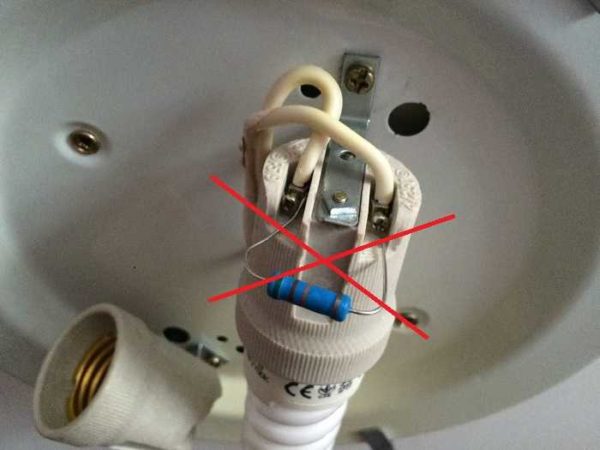
Here you can see where the resistor should be connected, but it is not worth doing as in the photo: the terminals and the resistor case are not insulated - electric shock is possible when replacing the lamp
Connect the previously prepared insulated resistor to the same places - this is much safer. In the junction box, the connection is similar. You need to find two wires that go to the lamp, and connect additional conductors to the same contacts. After such a modification, the light will not flash. But if you are not good at electrics, be very careful.
We remind you once again that all this work must be carried out with the dashboard food.
Reason number 2 and its elimination
If you have a switch without a backlight, and an LED or economy lamp blinks when the light is off, then there is a connection error. Most likely, the phase breaks on the switch, as it should be, but zero. In addition to the fact that it is very dangerous, it leads to this phenomenon - the blinking of some lamps.
This is eliminated by correcting the error - you need to check which of the wires the phase is on and connect the switch correctly. If all the switches on this line are connected incorrectly, you can throw the wires in the shield. If only a part - you will have to do this on each incorrectly connected switch.
Reason number 3: why the light is blinking if everything is connected correctly
Sometimes the switch is without backlighting, and a phase enters it, but the light still blinks when the light is off. Then the reason is the poor condition of the wiring. Maybe it's a matter of contact, or maybe it's a problem with insulation. If the contacts can be tightened, welded, repaired, then insulation problems are solved only by a complete replacement of the wiring.
One point: problems with insulation - this means a large leakage current. If you have an RCD (residual current device) on the line, it will often disconnect the line. If there is no RCD and the wiring is old, you cannot determine it in any way. Rather, it can be determined using an ohmmeter and the involvement of specialists. In case of significant damage, you can verify the presence of this problem using a multimeter and continuity of the wires "to ground". Well, the light bulb is blinking - this is a particular manifestation of the fact that the insulation is damaged and there are significant leakage currents.

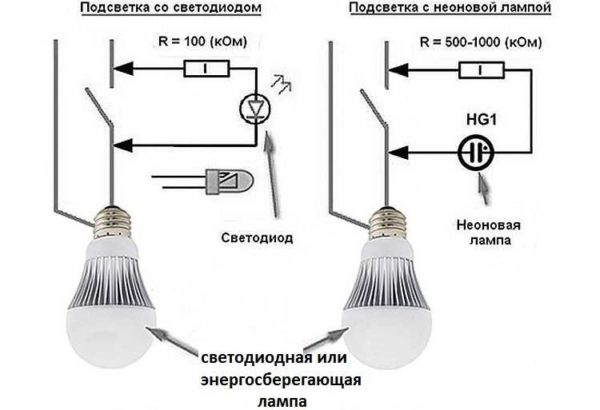
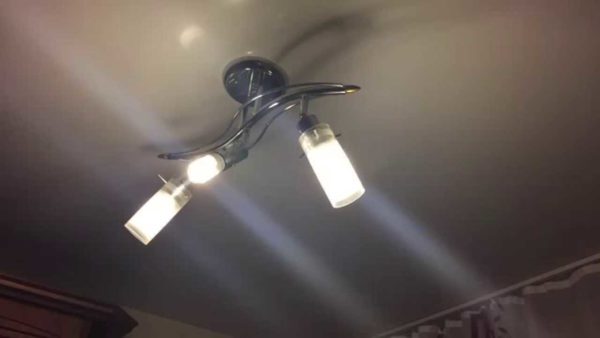
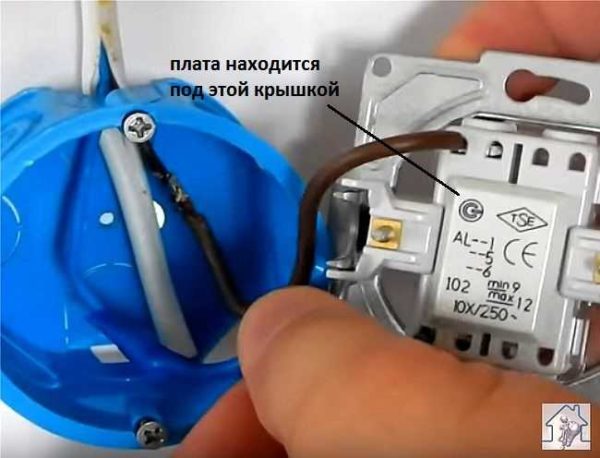
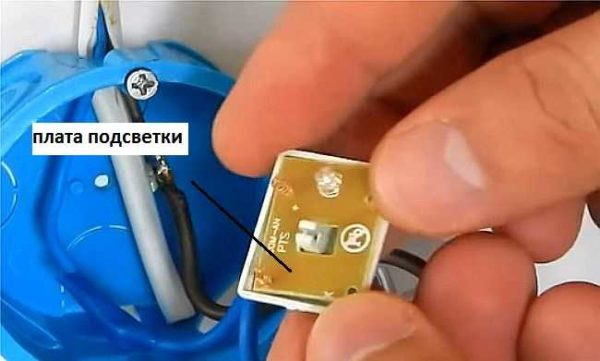
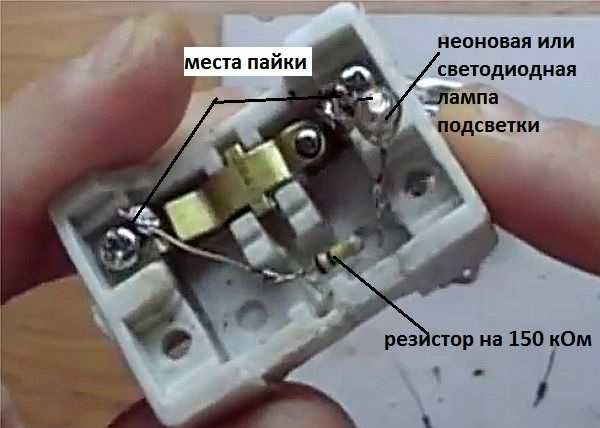
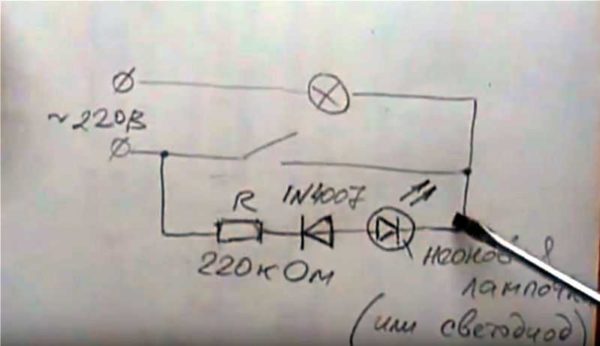
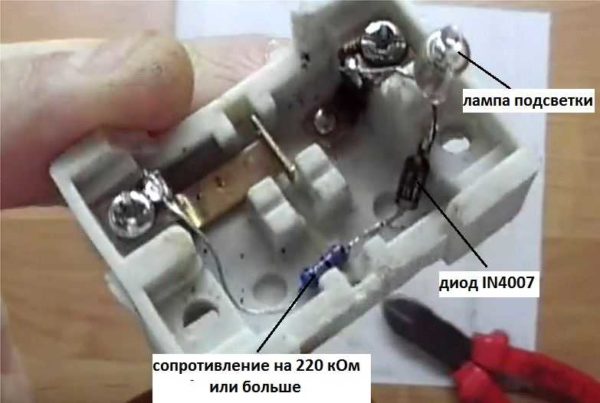
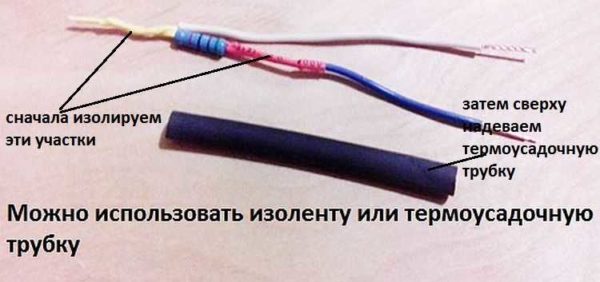
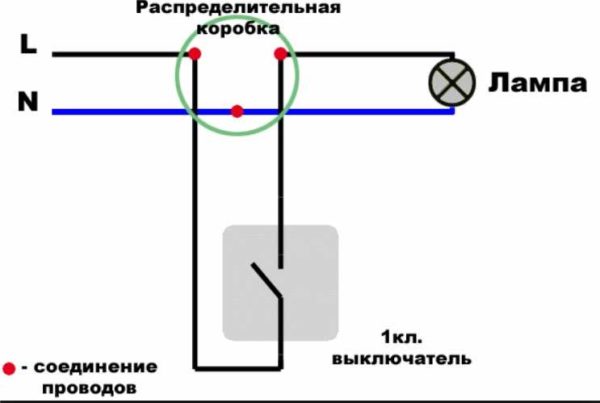
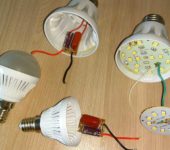

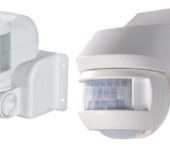







Good day! Today I faced the same situation, but with the help of this site I decided everything! Thanks to the author for the article)
I read somewhere that you can simply change the light bulb itself, with dimming, or vice versa without, I don't remember.
I looked at the characteristics of a dimmable lamp that first caught my eye - Gauss LED MR16. It is written that it does not pulsate - apparently as a matter of fact, we are talking about "blinking". Personally, I did not come across such bulbs at all, and I did not ask the sellers. I always thought that such lamps were designed to work together with dimmers, and not with conventional backlit switches, so I did not see the point in purchasing, given the higher prices in comparison with conventional LEDs.
The circuitry of the lamps is very different. In the dressing room there was an energy-saving one and did not blink. After it burned out, I put the LED "Turn on" at 11 W, so it glows constantly when the switch is off. At first I wanted to climb into the switch and remove the LED, but then I thought, let it shine as a "standby" lighting. I don't know how much it consumes in this mode, but it hasn't burned out yet. I don’t remember when I put it.
I also remembered how the energy-saving one was blinking in the room - it went out of order very quickly.